- Home
- slideshows
- miscellaneous
- Buying tires is harder than it looks - here's everything you need to know
Buying tires is harder than it looks - here's everything you need to know
Budget tires. These tires cost less than $100 apiece.

There are lots of places to buy tires these days. You can go to a specialty retailer, such as Just Tires, or you can head to Sam's Club or Costco. You can also buy tires online, via outlets such as the Tire rack. All of these options have budget offerings.
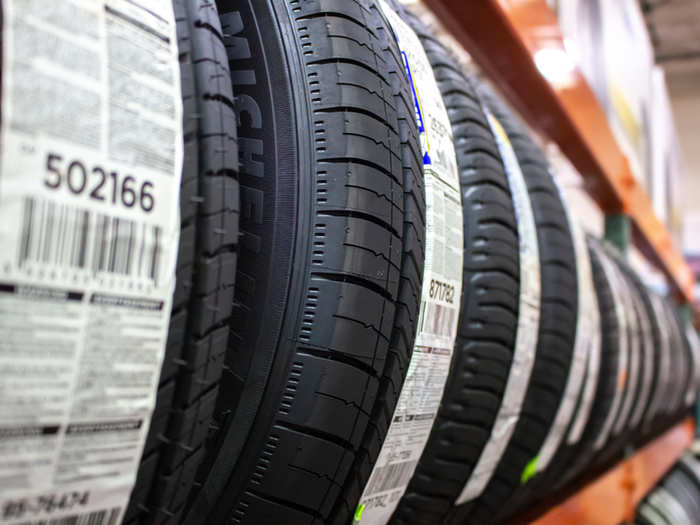
A decent-quality budget tire will get the job done, but it's unlikely to last as long as a superior product.
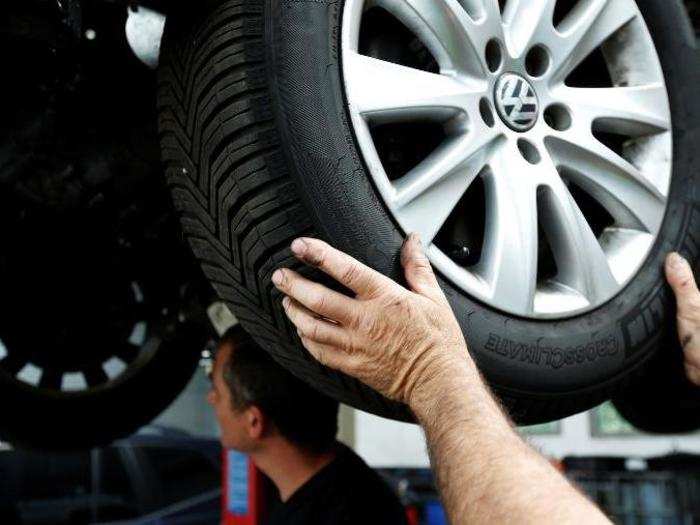
All-season tires. You'll spend $100 per tire, but get 50,000 miles out of them, along with predictable performance.
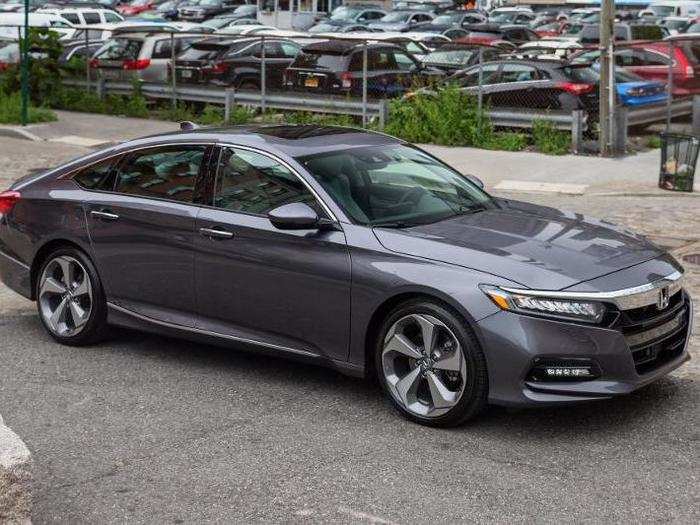
All-season tires are what most folks are looking for. Of course, they aren't truly all-season, as they suffer when winter conditions show up: heavy snow, ice, slush, a lower temperatures. But for the rest of the year, they're ideal, and in warmer, drier climates, they've fine for year-round duty.
You can go the budget route with all-season tires, but a better bet is to choose a well-known manufacturer, such as Bridgestone, BFGoodrich, Goodyear, Michelin, Continental, or Dunlop.
All-season tires are perfect for daily commutes, and they fare particularly well in dry regions where it never gets very cold.
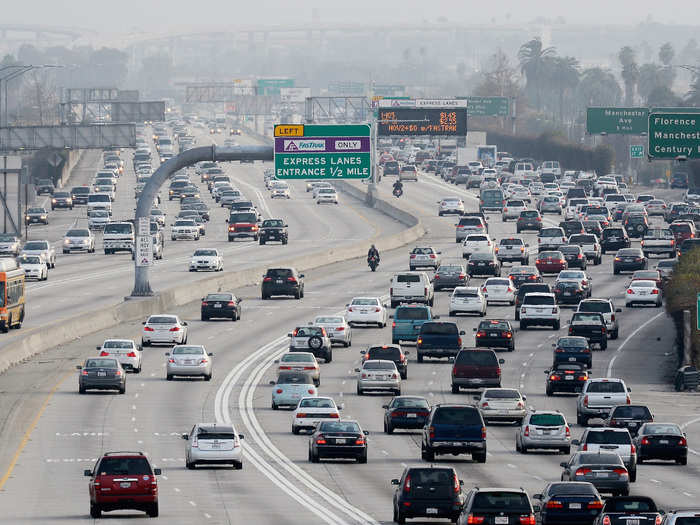
When conditions turn snowy, however, many drivers swap a set of all-season tires for winter or snow tires. They might also use summer tires for warm-weather driving.
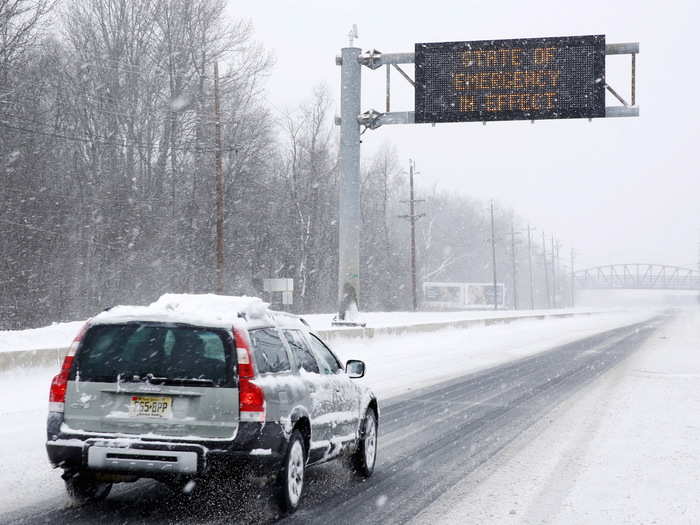
High-performance tires. You can spend upwards of $500 per tire or more in this category.

These tires are purpose-built to provide the best possible performance and to optimize cars that are built for speed and cornering. They're rated for higher top speeds, they provide better sidewall durability under stress — and they're usually rather expensive.
The compounds they're made of are designed to stick to the road, so they aren't the most durable tires around. The Big Three here are Continental, Michelin, and Pirelli, with Goodyear and Dunlop in the mix.
Performance tires aren't racing slicks, which last only a defined number of race-track laps in competition. So you can drive on them every day, but that will lower their performance.
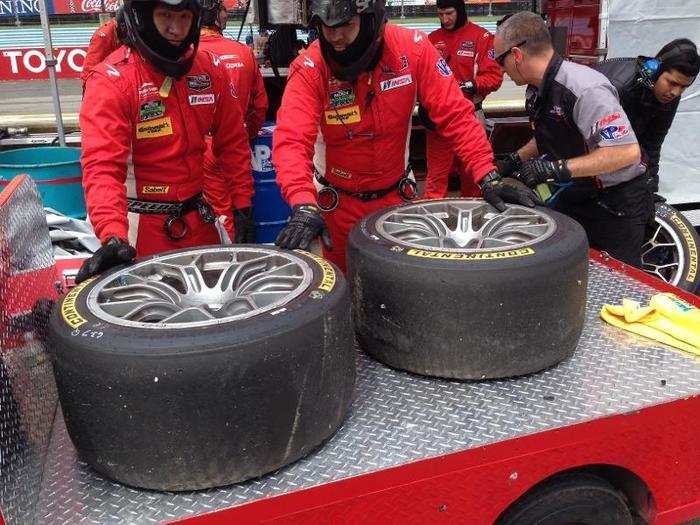
Obviously, if you enjoy your burnouts, you'll run through pricey performance tires faster.
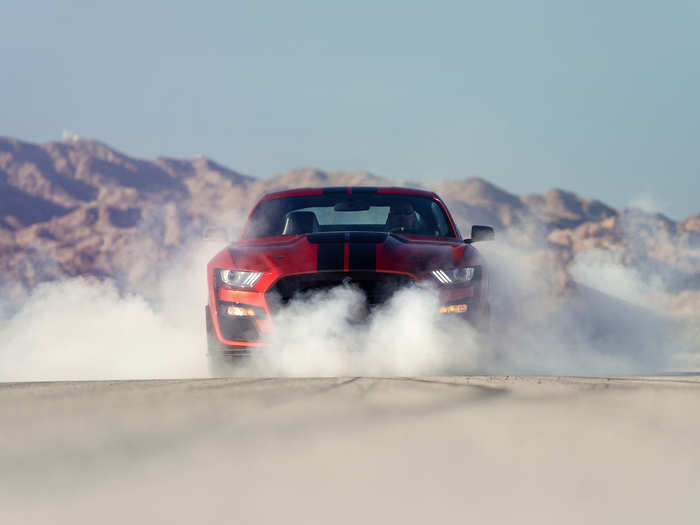
Winter/snow tires and off-roading tires. Proper off-roading tires cost as much as high-performance tires, while winter tires are on-par with quality all-season rubber.

For off-roading, you need sturdy tires with a deep, cleated tread designed specifically for dirt, mud, and rocks. You'll find names such as Pirelli Scorpions and Goodyear Wranglers in this category.
These tires make for a stiff, loud ride on paved roads and highways.
Off-roading tires have varying tread designs, depending on the type of terrain they're intended for.

Snow tires or winter tires fall into a slightly different category. They're optimized for retain traction in snow or ice and to respond well to lower temperatures.
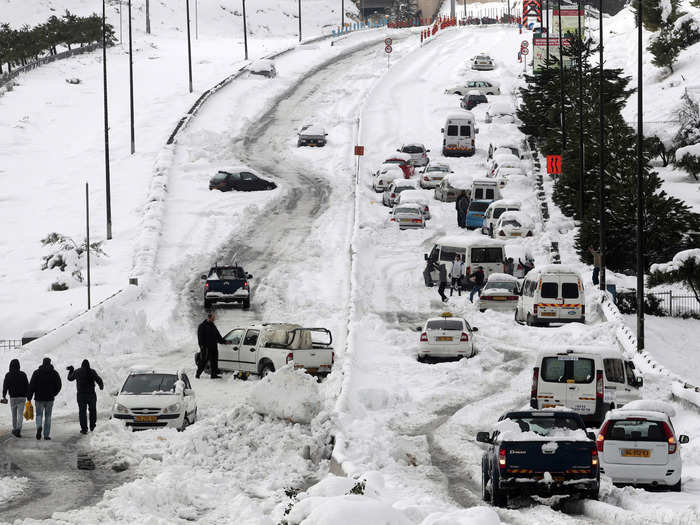
I've often tested Bridgestones Blizzak tires in lousy winter weather and found that they perform quite well. But all the major brands produce their own sets of winter tires.
Popular Right Now
Popular Keywords
Advertisement